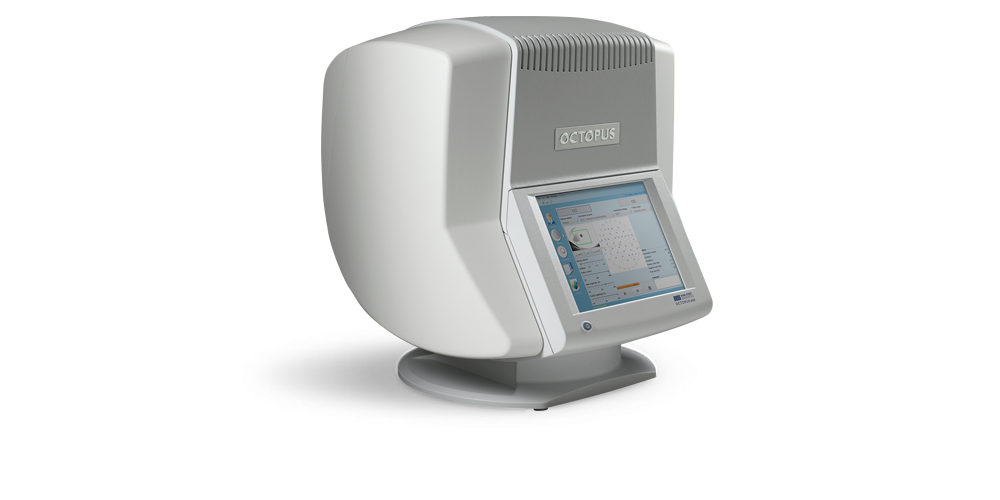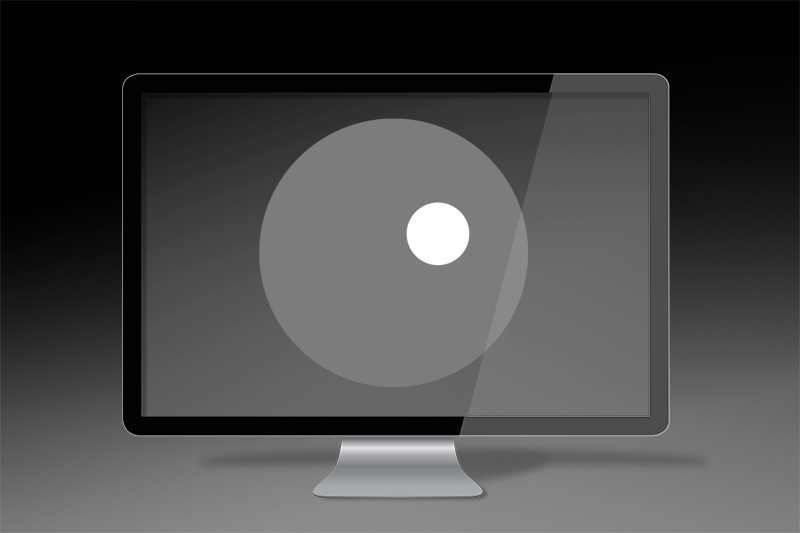
Covering your essential needs
The Octopus 600 performs standard white-on-white threshold testing in just 2–4 minutes in the central visual field. With its comprehensive test library for central tests including G, 32, 30-2, 24-2, M, and 10-2 and its flexible printouts both in Octopus and HFA-format it covers your essential clinical needs.
The central tests you need
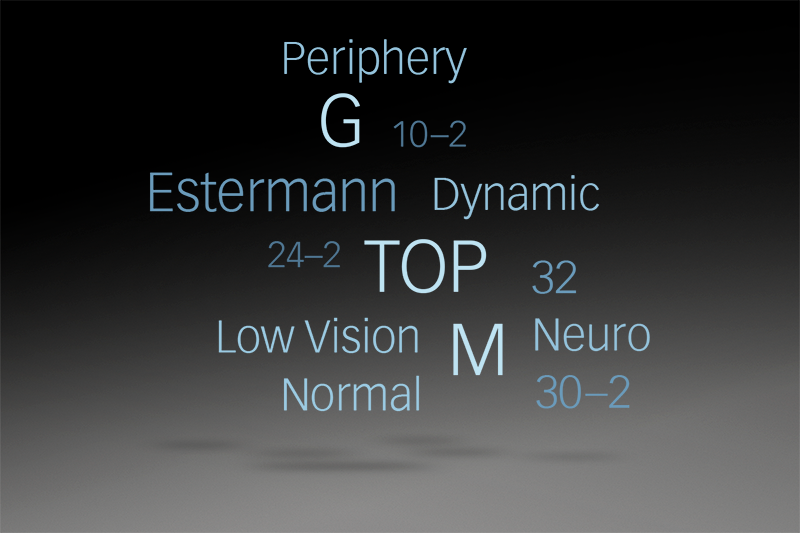
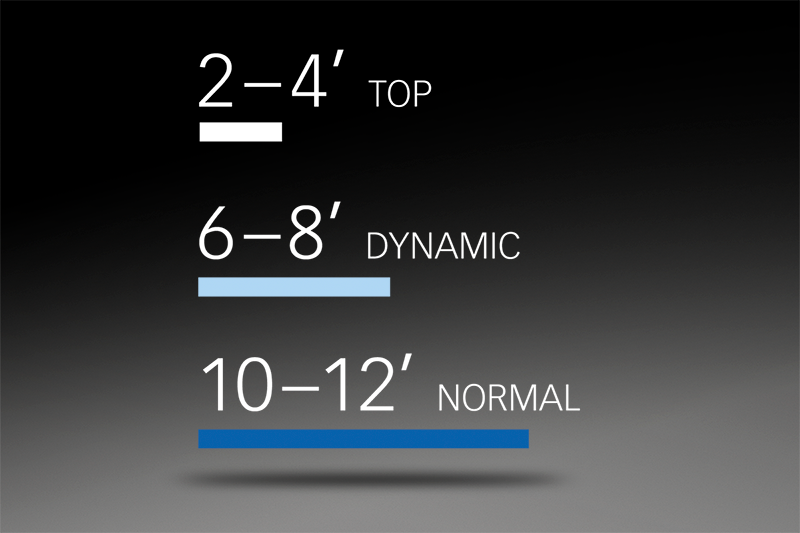
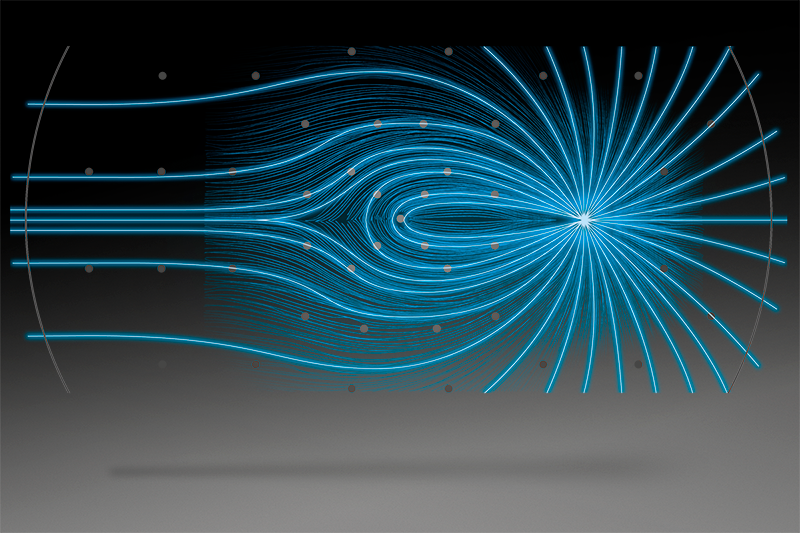
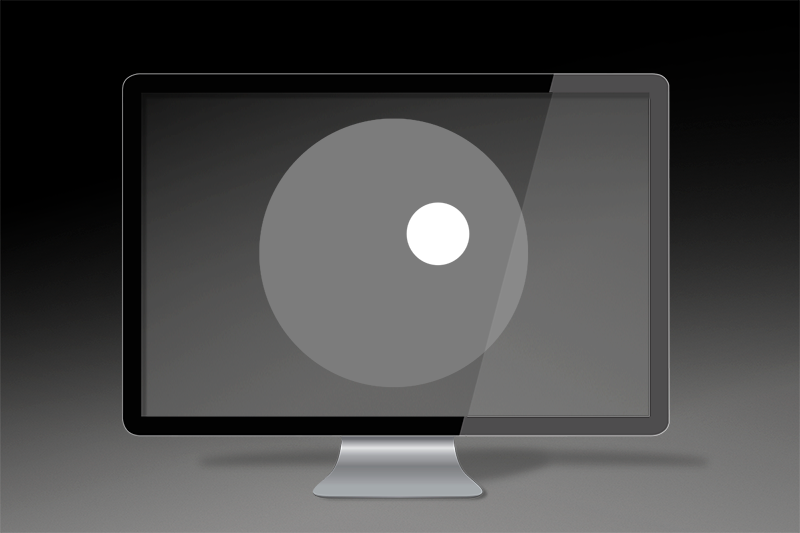
Standard Octopus representations
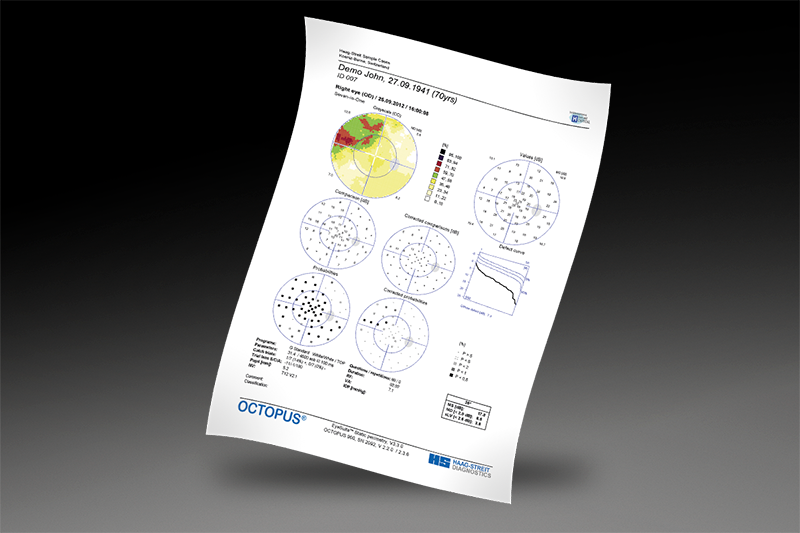
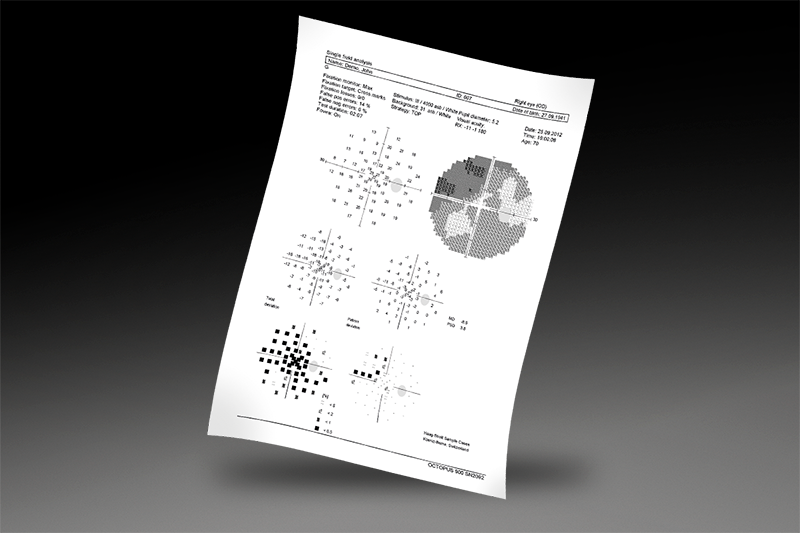
Smooth transition from HFA
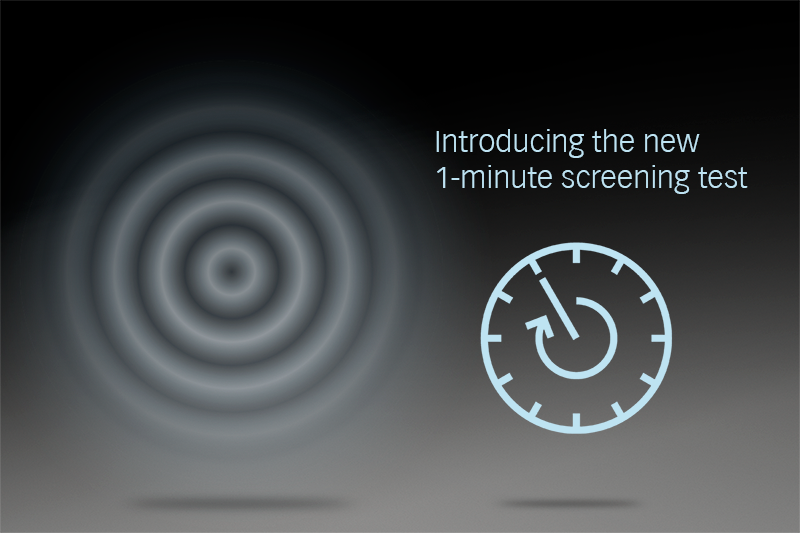
Fast screening
Use your Octopus 600 as a fast screening device and quickly distinguish between normal and abnormal visual fields. Screening can be performed with both standard white-on-white or the patient-friendly Pulsar perimetry designed for early glaucoma detection.
Less than one minute
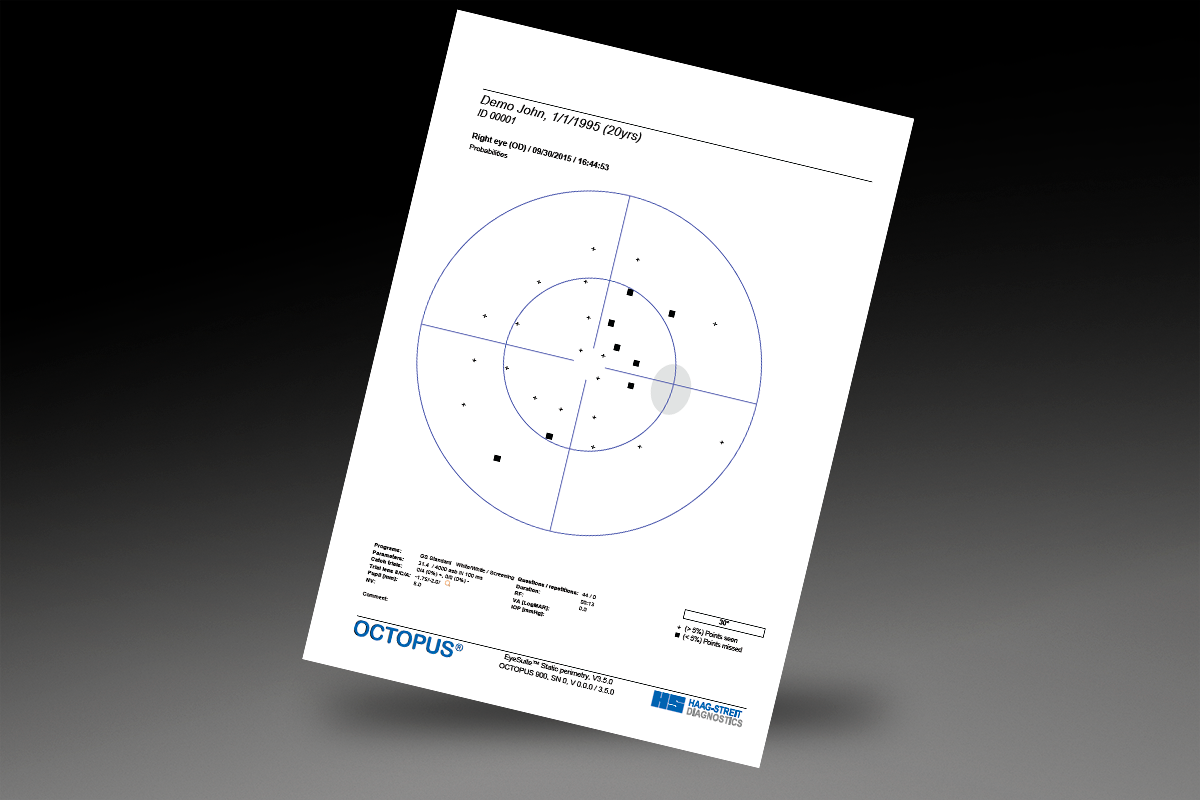
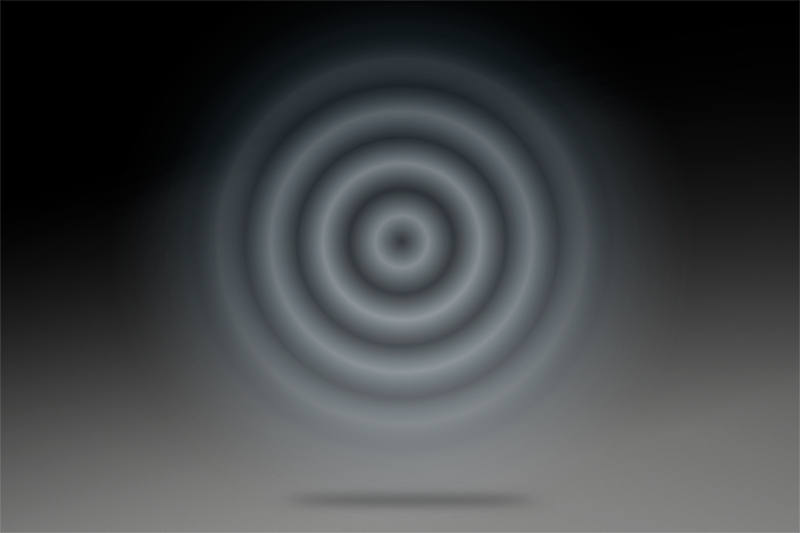
Made easy for patients
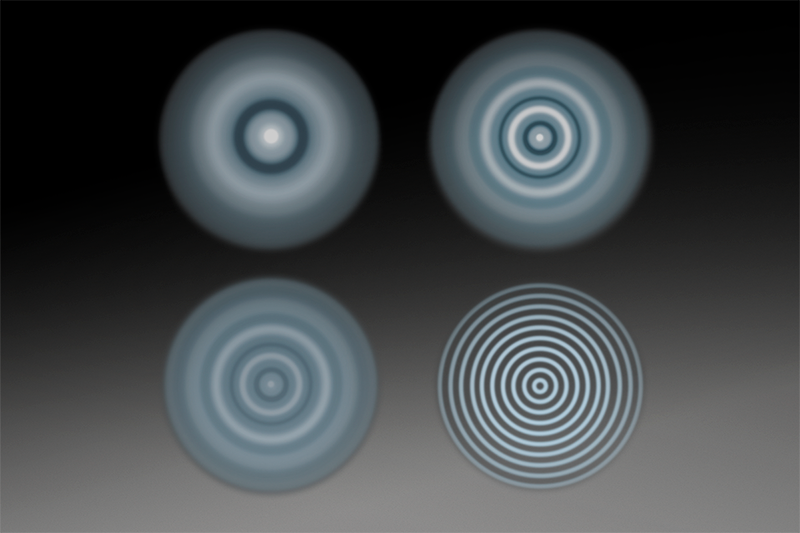
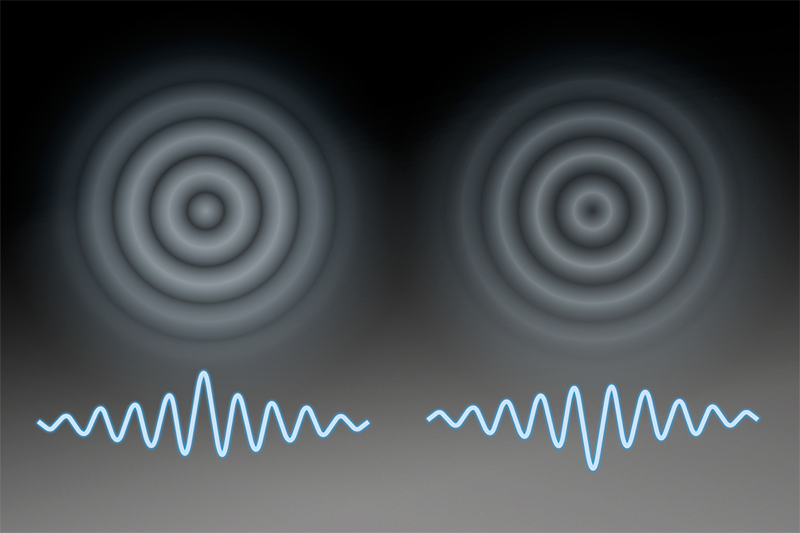
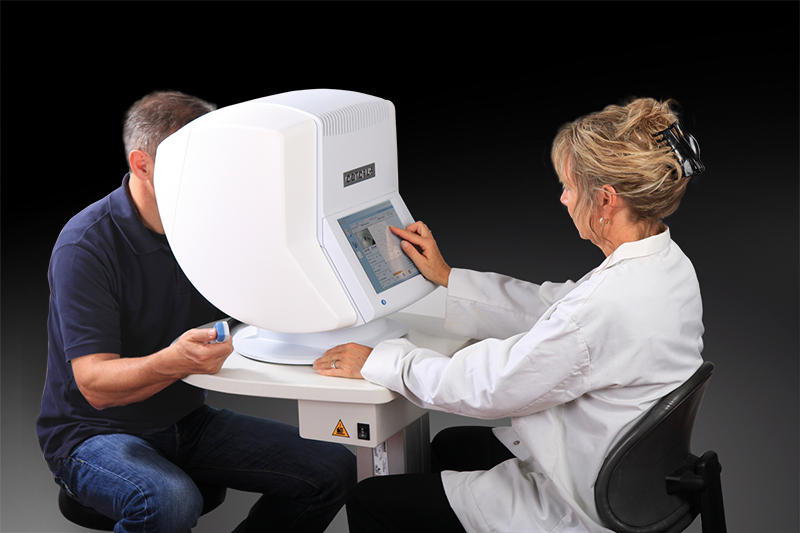
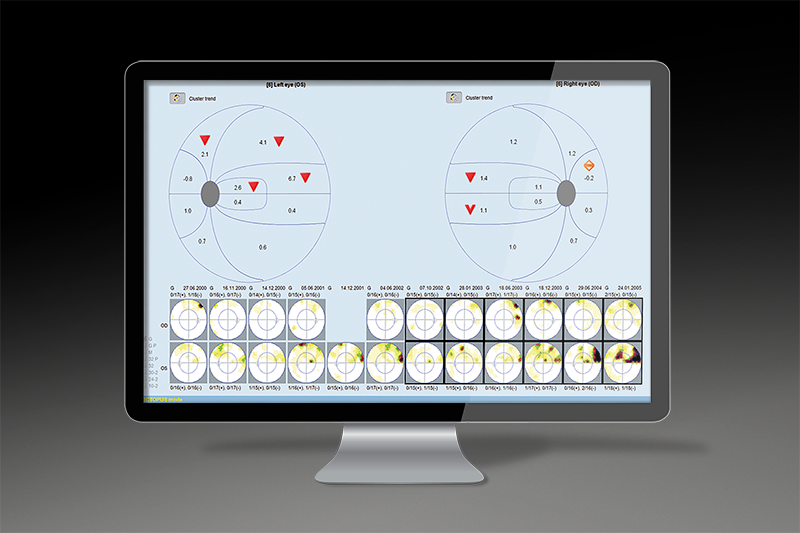
A clear view on glaucoma
Get the most out of your glaucoma visual field with the highly sensitive Cluster Analysis, the intuitive Polar Analysis for structural comparisons and the easy-to-interpret EyeSuite Progression Analysis.
Immediate identification of true change
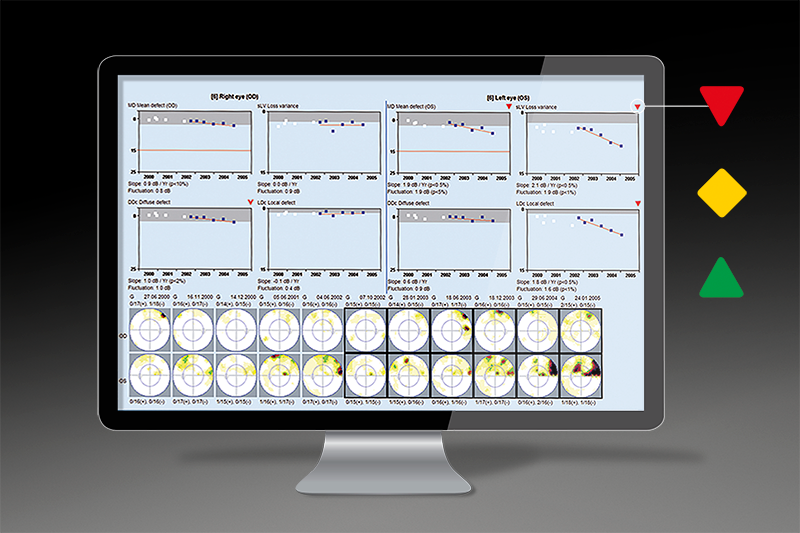
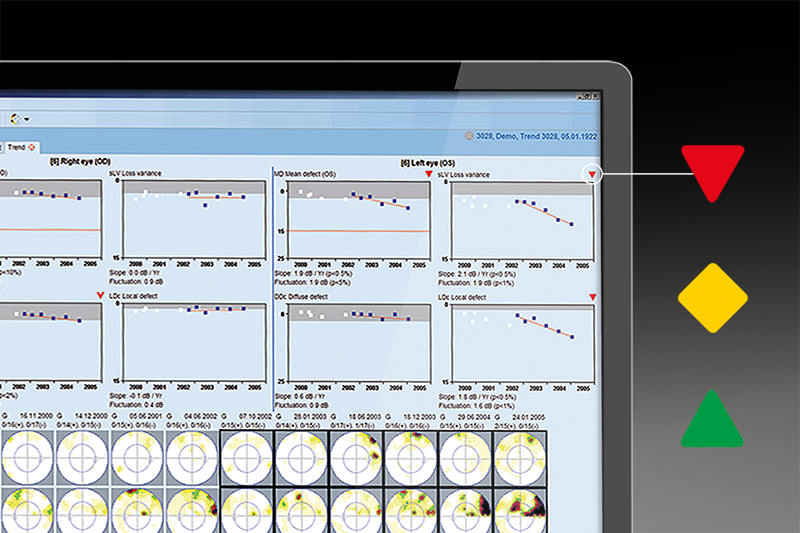
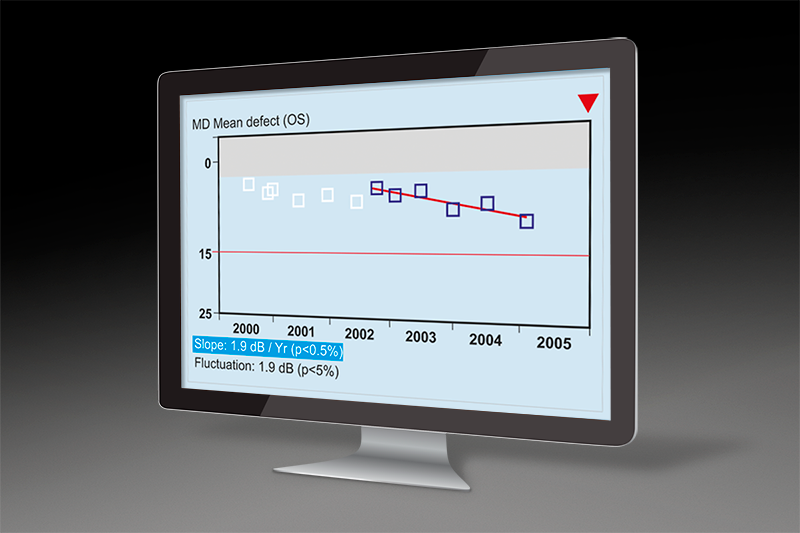
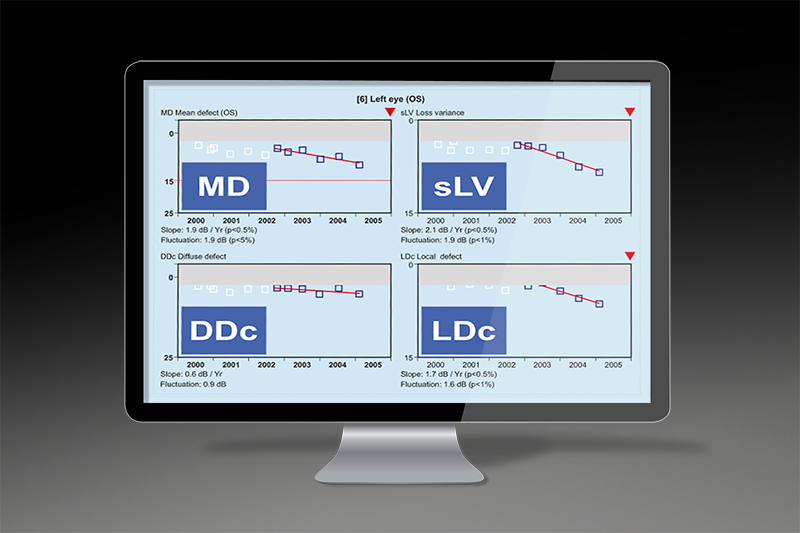
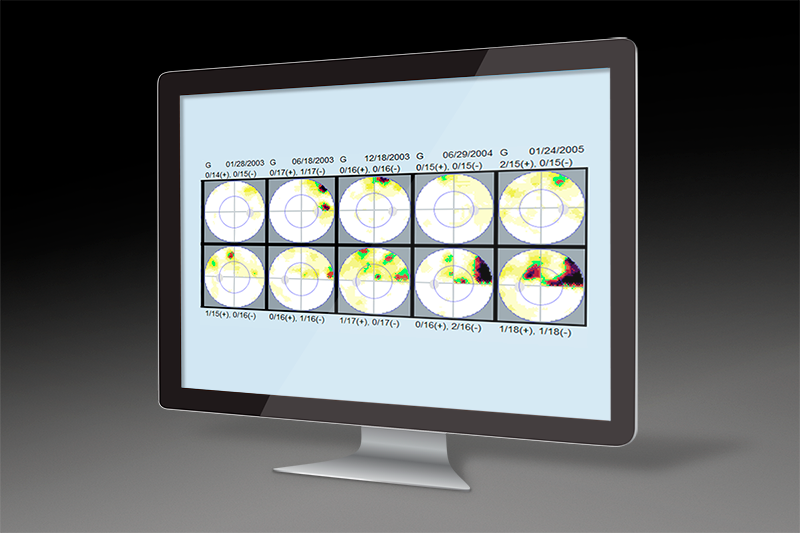
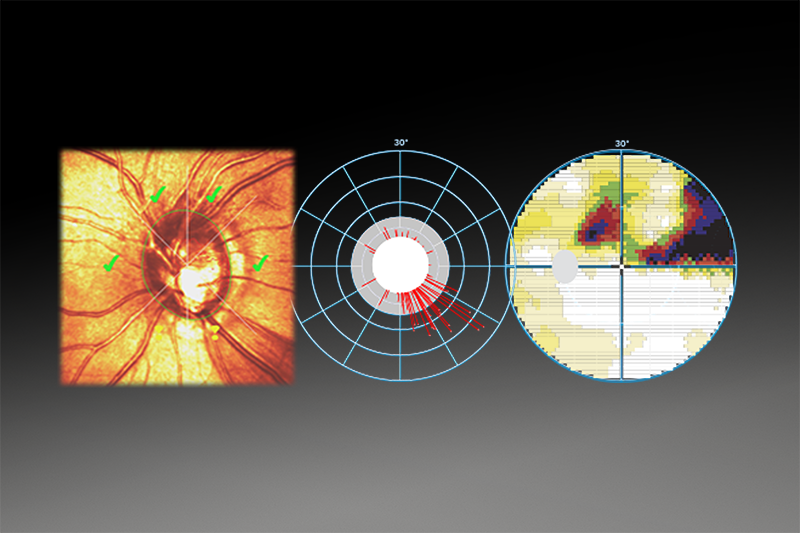
For intuitive structural comparison
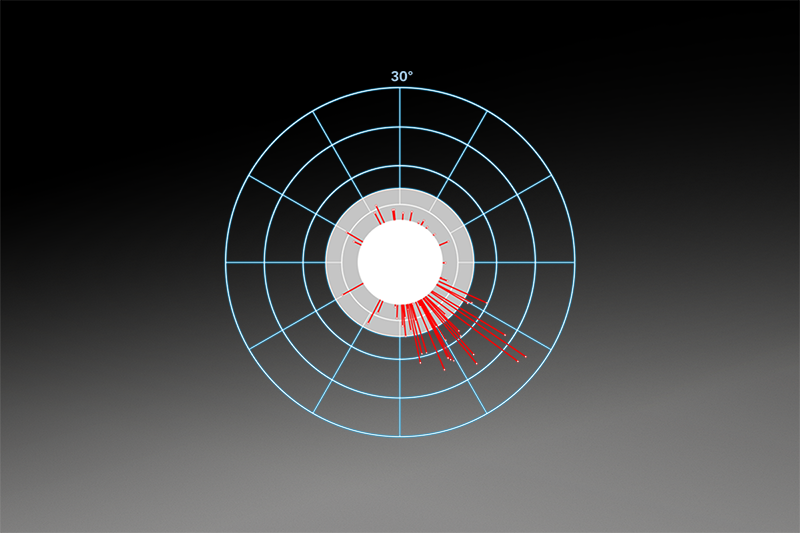
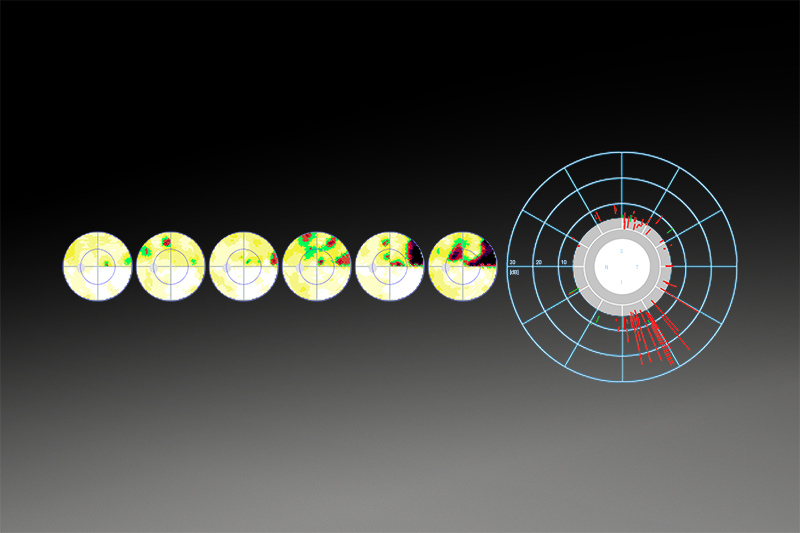
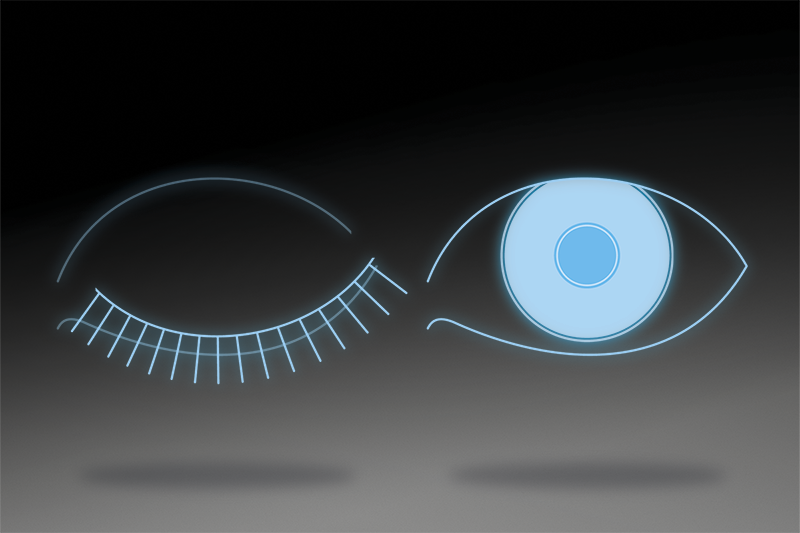
Perimetry you can trust
Enjoy the reliability of Octopus perimeters, for example with Octopus Fixation Control which automatically eliminates fixation losses from your visual field testing.
Automatically eliminate fixation losses
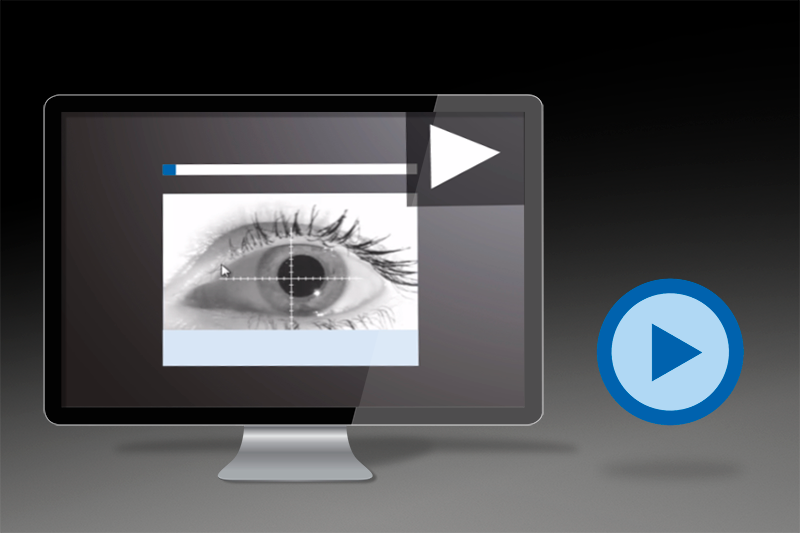
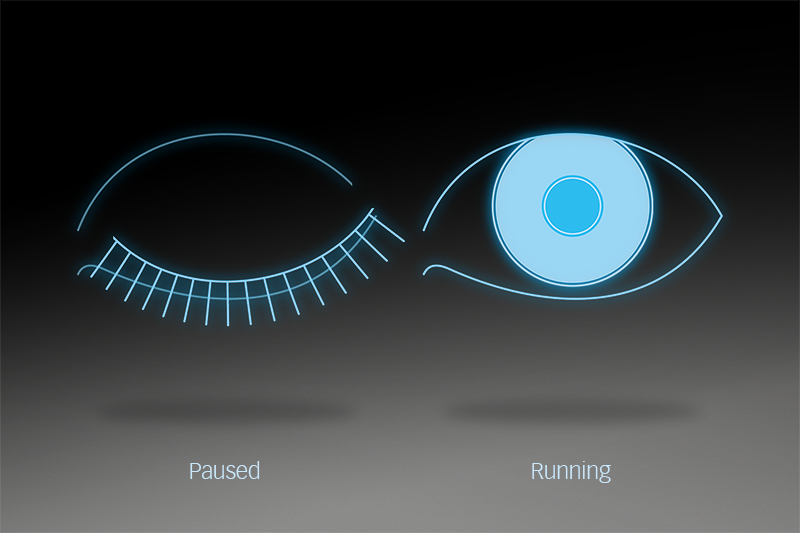
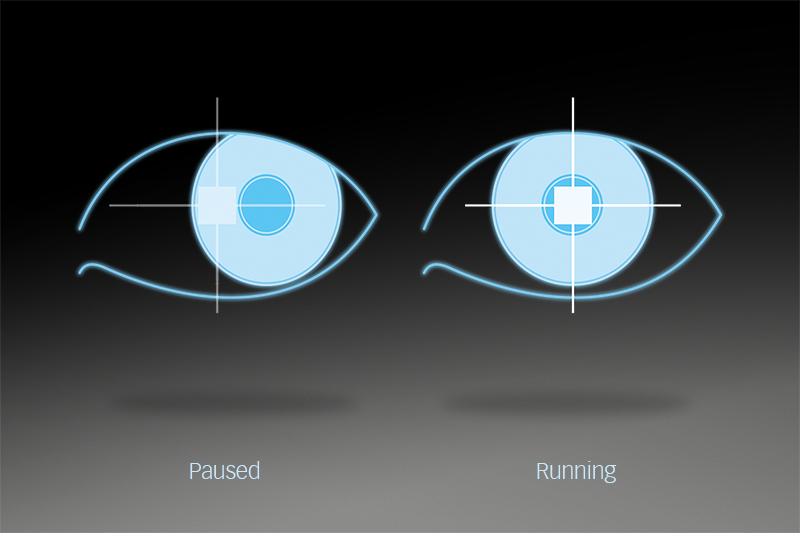
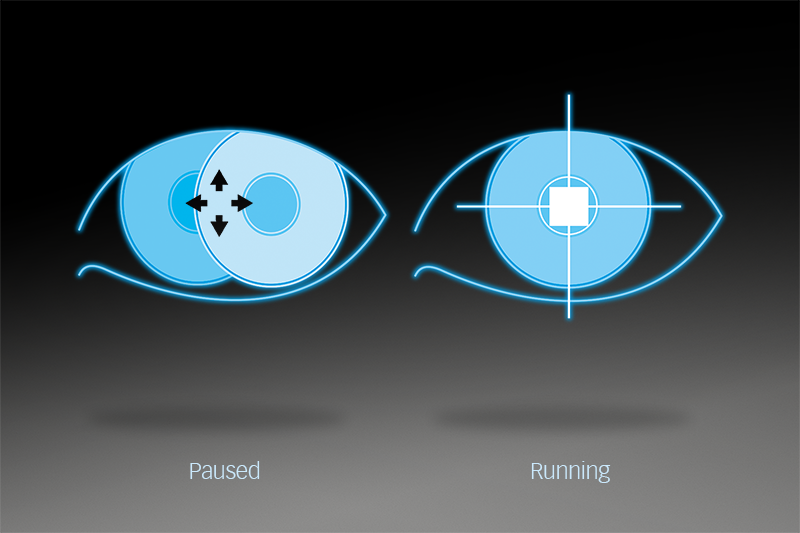
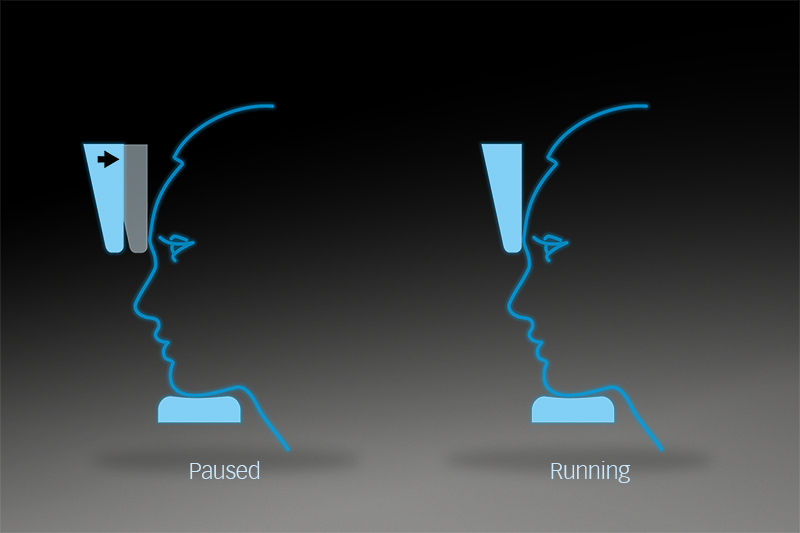
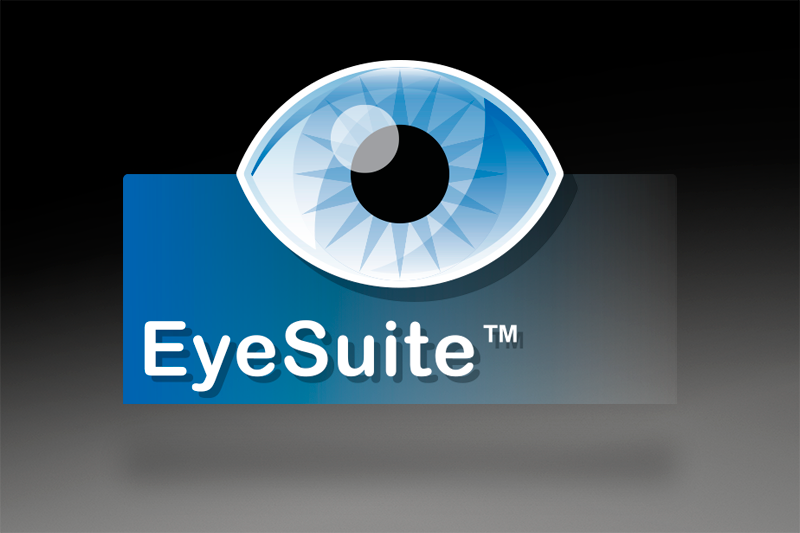
Easy integration in your practice workflow
The EyeSuite software has been designed for optimum patient flow in busy practices. It controls all Haag-Streit devices and allows for them to be networked with other Haag-Streit devices, your office computer and your EMR system without the need for any expensive third-party software.

